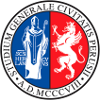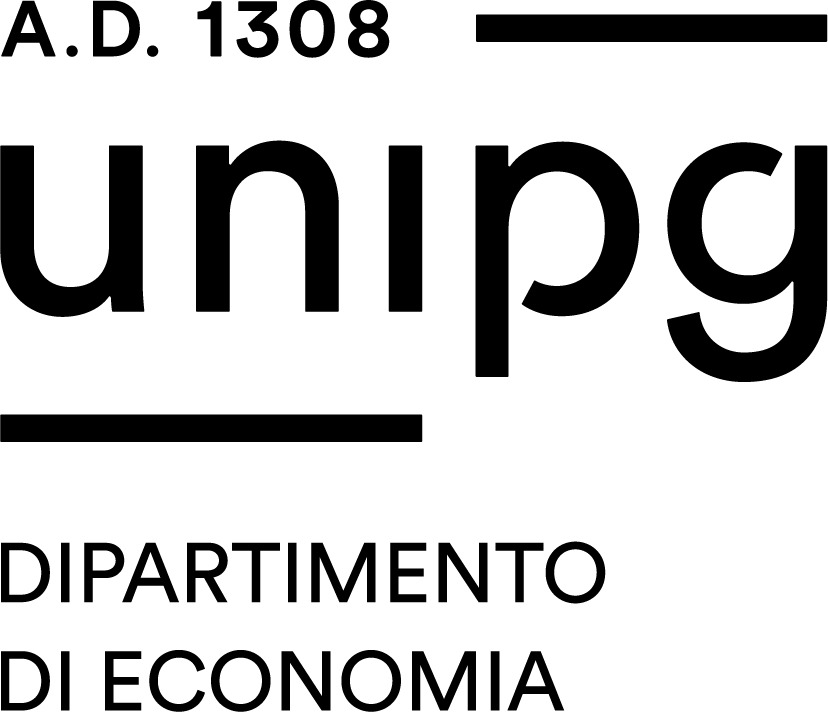Study-unit PHARMACOLOGY, PHARMACOGNOSY AND PHARMACOTHERAPY I
| Course name | Industrial pharmacy |
|---|---|
| Study-unit Code | A003595 |
| Location | PERUGIA |
| Curriculum | Comune a tutti i curricula |
| Lecturer | Ciriana Orabona |
| Lecturers |
|
| Hours |
|
| CFU | 10 |
| Course Regulation | Coorte 2023 |
| Supplied | 2024/25 |
| Supplied other course regulation | |
| Learning activities | Caratterizzante |
| Area | Discipline biologiche e farmacologiche |
| Sector | BIO/14 |
| Type of study-unit | Obbligatorio (Required) |
| Type of learning activities | Attività formativa monodisciplinare |
| Language of instruction | Italian |
| Contents | PHARMACOLOGY: General principles of Pharmacology. Pharmacokinetics: Absorption, Distribution, Metabolisms and Elimination of drugs (ADME profile). Pharmacodynamics: drug receptors and mechanisms of signal transduction. Dose-response relationships. PHARMACOGNOSY: Definition of drug and active principles. Extraction methods. Example of biological active plants. PHARMACOTHERAPY I: immunosuppresants; drugs for diabetes, chemotherapeutic drugs. |
| Reference texts | • Clementi F., Fumagalli G. Farmacologia Generale e molecolare. EDRA. • Annunziato L., Di Renzo G., Trattato di farmacologia. Idelson-Gnocchi. III ED. • Lippincott Illustrated Reviews: Whalen K. Pharmacology, Seventh Edition. • A. Bruni- Farmacognosia generale e Applicata-Piccin;F. Capasso, R. De Pasquale, G. Grandolini, N. Mascolo- Farmacognosia- Springer |
| Educational objectives | The course of Pharmacology, pharmacognosy and Pharmacotherapy I is the first of three teachings of Pharmacology. The main goal of education is to provide to the students the pharmacological basis for the understanding of the following two teachings, represented by Pharmacology and Pharmacotherapy II and Experimental Pharmacology. General Pharmacology is the study of the relationship between body and drug, and analyzes the general mechanisms of interaction between the two systems. All the drugs share some general principles that are independent of the nature of the effect and which are common to all. The knowledge gained will enable the student to achieve the following skills: 1) to be able to calculate the correct dosage of a drug 2) to avoid toxic effects 3) rational use of medicines and to achieve maximum efficacy with minimal toxicity. Pharmacognosy teaching provides knowledge about crude drug and active principles, classes of secondary active metabolites, extraction methods. |
| Prerequisites | The student who is going to attend the course of Pharmacology, Pharmacognosy and Pharmacotherapy I must have passed the exams of Human Physiology and general pathology. It would be useful to pass the exam in molecular biology. To effectively follow and understand the topics covered by Pharmacognosy is necessary for the student to have a basic knowledge of Plant Biology. The knowledge of these topics is indispensable for the student who wants to follow the course with profit. |
| Teaching methods | Face-to-face teaching and summary video-tutorials. |
| Other information | For info about support services for the students with disability and/or DSA, please see the web page http://www.unipg.it/disabilita-e-dsa |
| Learning verification modality | The exam of Pharmacology, Pharmacognosy and Pharmacotherapy I includes a single oral exam, which consists in a discussion lasting about 20 minutes aimed at ascertaining the level of knowledge and understanding achieved by students on the theoretical and methodological implications listed in the program. The oral test will also verify the acquisition by the student of appropriate language and communication skills and self-organization of the exposure to the topics in theoretical content. |
| Extended program | PHARMACOKINETICS: passages of drugs across cell membranes; routes of administration and absorption; bioavailability; distribution of drugs in the body; volume of distribution, binding to plasma proteins; drug metabolism; excretion; time-course of drug plasmatic contents (after single or repeated administration). PHARMACODINAMICS: targets and mechanisms of drug action; receptors, classification of membrane receptors, intracellular receptors, dose-response curve; agonists, partial agonists, antagonists; individual variations (effects of age, pathological states, drug interactions, tolerance. ELEMENTS OF BOTANY: morphology of leaves, flowers, fruits and roots. Latex and resins. Medicinal plants and crude drugs. Phytocomplex and isolated active compounds. Phytotoxicity. Cultivation, harvesting, drying, preparation of medicinal plants. Extraction methodologies (enfleurage, distillation and solvent extraction). Conservation of plants. PHARMACOTHERAPY I: Pharmacology of diabetes mellitus. Antibacterial, antiviral and antineoplastic chemotherapy: general principles and main group of drugs. Principles of immunotherapy, vaccines. |
| Obiettivi Agenda 2030 per lo sviluppo sostenibile | Goal 3: Good health and well-being. |


